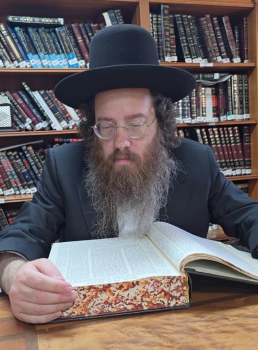Half Torah
Question
Answer
Shalom!
Thank you for your question!
The Haftara is a passage from the prophets that is read in the synagogue following the Torah reading on Shabbat, holidays, and fast days. The word Haftara is said to come from the word
petar
which can mean “completion” or “conclusion,” as in the famous teaching
ein maftirin achar hapesach afikomen
– that one may not eat anything after eating the Korban Pesach at the Seder. So too, the reading of the Haftara “concludes” the Torah reading service
Although the one receiving the Maftir aliya should be the one to read the Haftara,(1) the reading may be assigned to someone else if, for whatever reason, the one who receives Maftir is unable to do so. At the very least, the one who received the Maftir aliya should recite the blessings before and after the Haftara while someone else reads the actual Haftara. He should also read along silently with the one reading the Haftara out loud just as every oleh to the Torah should read along silently with the ba’al korei . (2)
The Haftara should ideally be read from a scroll just like the Torah is. However, since having the books of the Prophets written on a scroll was far beyond the financial means of most congregations in ancient times, it became customary to read the Haftara from a printed text.(3) The first printed text to be used was known as the “Sefer Aftarta,” which was a printed book that contained all the Haftarot that are read throughout the year. Nowadays, when printed books, including full Tanachs, are readily available, many authorities rule that congregations that read the Haftara from a printed text should use a Tanach to do so, not a Sefer Aftarta. (4) Ultimately, however, the Haftara may be read from any printed text whatsoever and, indeed, the Haftara of the week is frequently found in Chumashim right after the weekly Torah portion.
